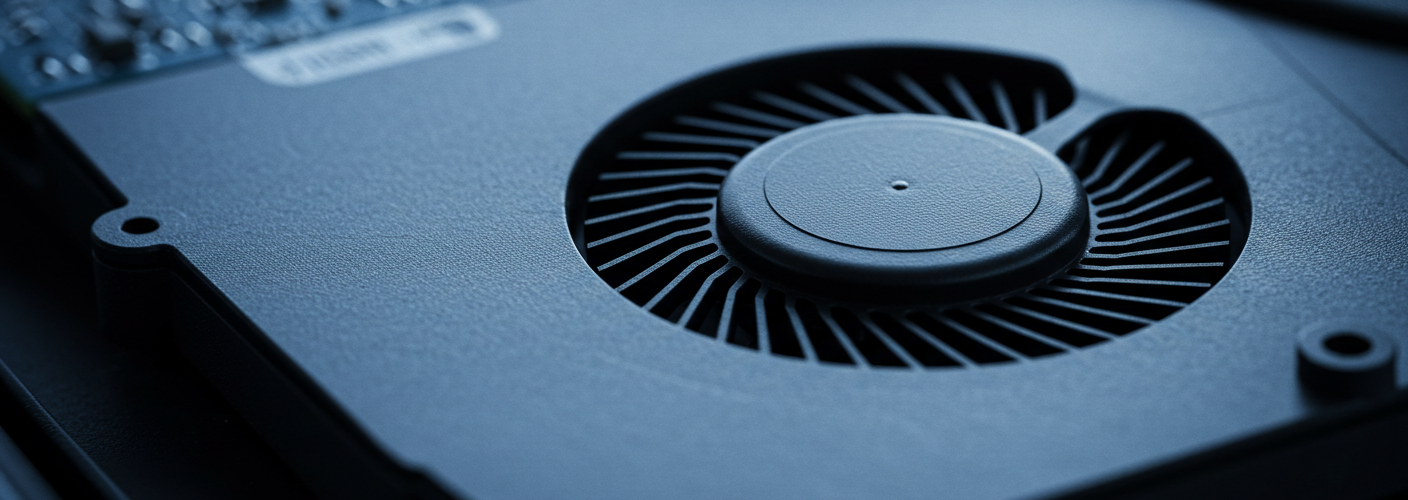Is Your Laptop Fan Running Wild After the Recent Upgrade? Here’s What to Know
Laptops are designed to be efficient and quiet, especially during routine tasks like web browsing or document editing. However, many users have recently noticed their laptop fans spinning up at alarming speeds post-update, raising concerns about performance and potential hardware issues. If you’ve encountered similar behaviors, rest assured that you’re not alone.
A user recently shared their experience on social media, noting that since the latest operating system update, their laptop’s fans have been running non-stop, even during simple web activities. For context, they provided their specs: an NVIDIA GPU, an Intel Core i9-13900HX CPU, and a hefty 64GB of RAM. While issues like these can often feel unique, they point to a broader phenomenon that numerous users might be experiencing.
There are several reasons why a laptop’s fans might spin faster than usual after an update:
- Increased Resource Usage: One of the most common reasons for a sudden fan surge is an increase in the CPU and GPU load. Updates can install new features or security protocols that demand more processing power. Many components of your system may be silently running or indexing in the background, leading to higher temperatures that force the fans to work harder.
- Driver Incompatibility: Sometimes, updates can lead to driver issues where hardware components like the graphics card do not perform efficiently. This incompatibility could result in elevated CPU temperatures due to unoptimized functioning, demanding more cooling action from your fans.
- Background Apps: After an update, your laptop might have initiated new processes and services that were not active before. Check your task manager to identify any applications running in the background that may not be necessary. Disabling unwanted startup programs can alleviate excess resource usage, potentially reducing fan noise.
- Thermal Management Settings: Some updates can alter your power and thermal management settings. If these settings have reverted to defaults or are not optimized for your current usage, that could lead to higher temperatures than before. Look for any performance options in your control panel or system settings.
- Malware or Viruses: Although less common, an increase in fan activity post-update could indicate malware activity. If your system is being hijacked to run unauthorized processes, it may lead to increased CPU usage. Ensure that your antivirus software is up to date and perform a thorough scan of your system.
If you’ve experienced similar issues, it could help to run diagnostics to check on CPU and GPU temperatures and resource usage.
In conclusion, while your laptop fans shouldn’t have to work as hard for simple tasks, a post-update surge in resource usage or software conflicts may explain what you’re experiencing. Keep an eye on your system’s performance and consider rolling back recent updates if the problem persists. Engaging with forums or tech communities can also provide insights and solutions tailored to your specific hardware and software configuration. Remember, your concern is valid, and together, we can address these noisy laptop dilemmas!





Add comment